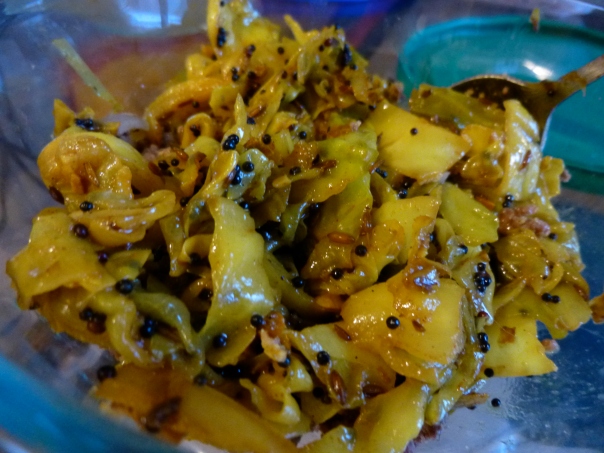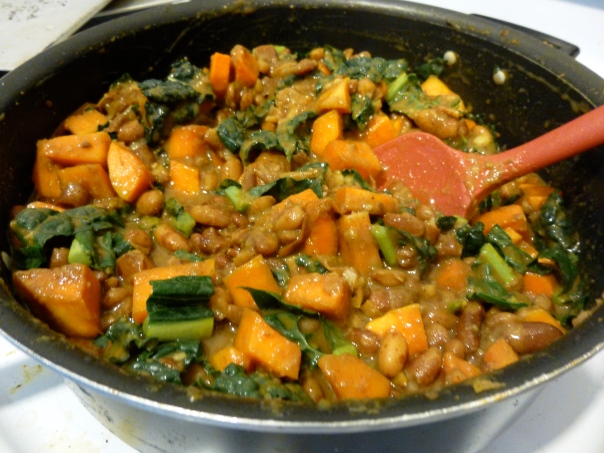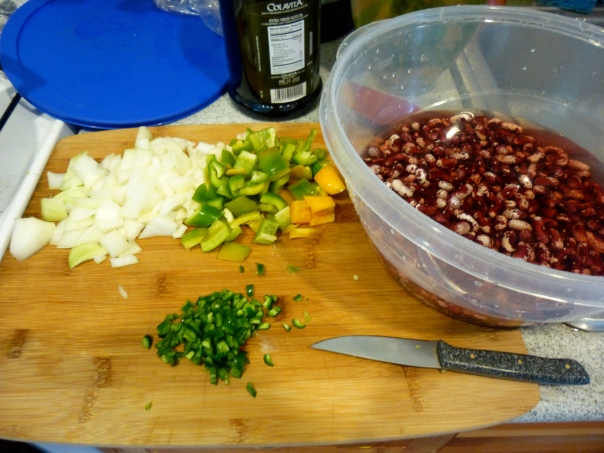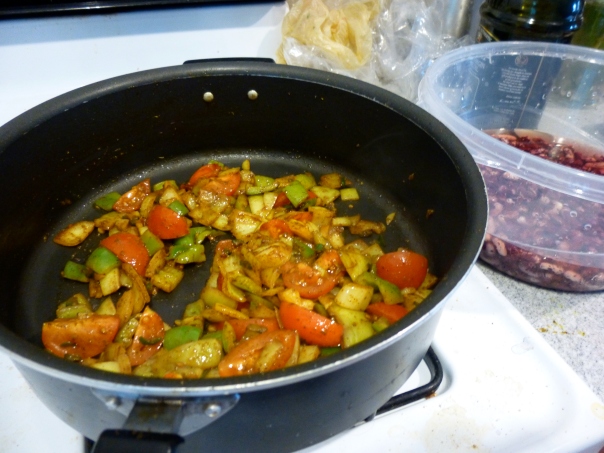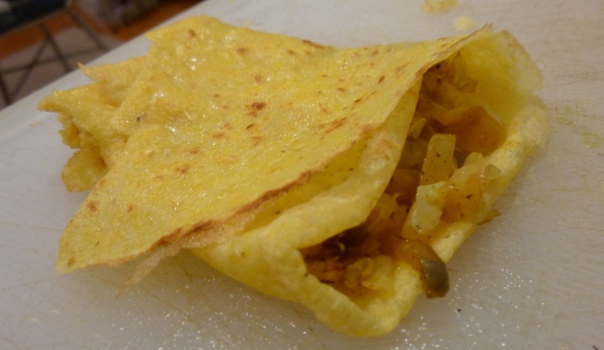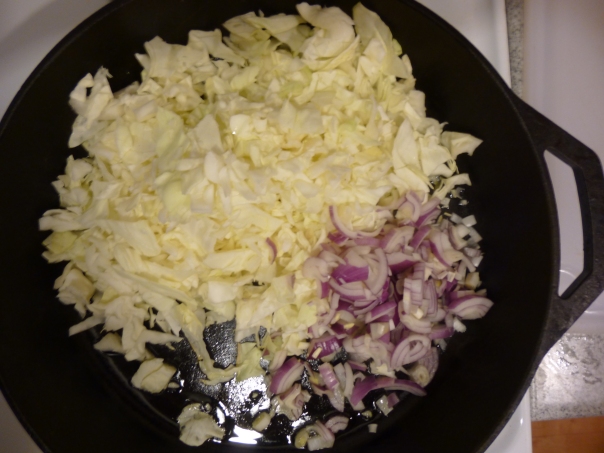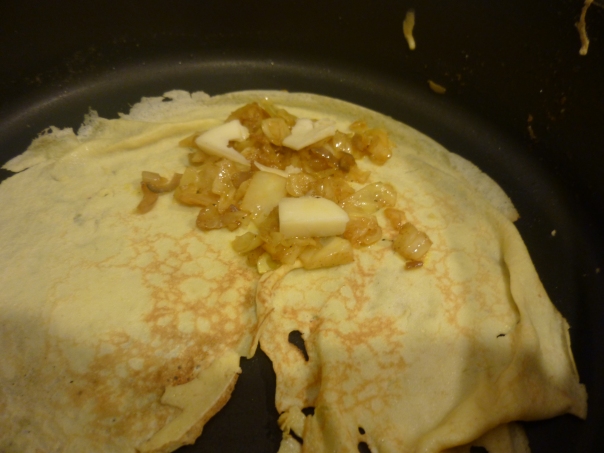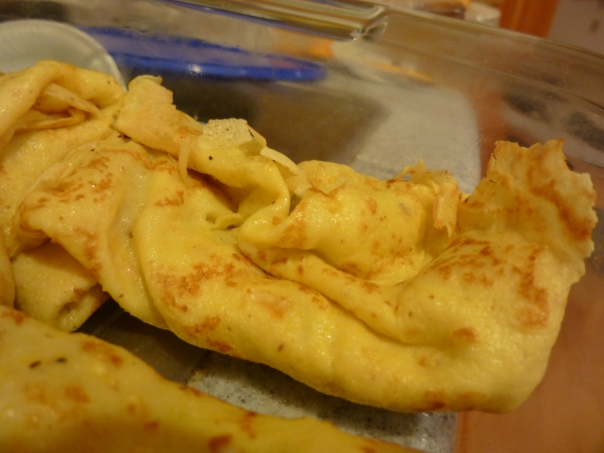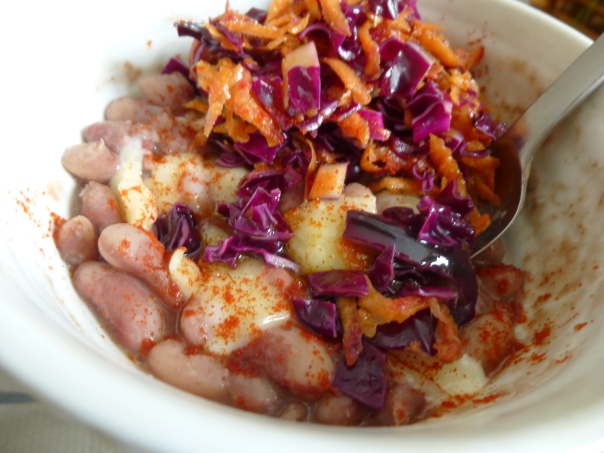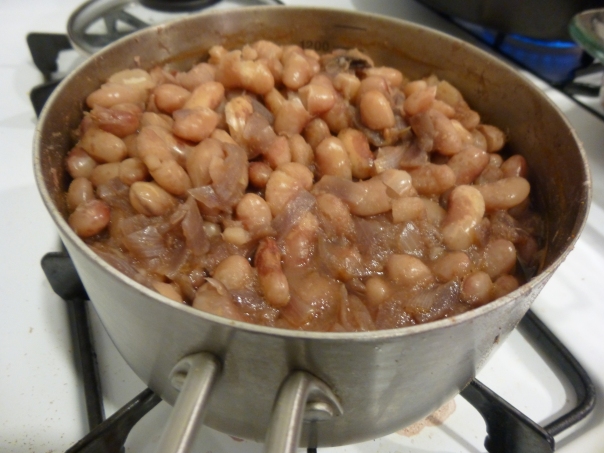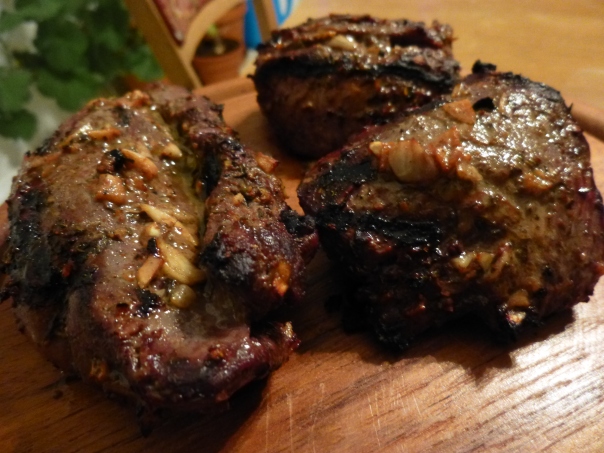So, what else do you with all that cabbage?
I’m going to be totally honest, all wannabe vegetarians/part time vegetarians/omnivores/carnivores should be eating way more Indian food than we are now. This is because a) it’s delicious b) it’s much more sustainable (less meat-centric and all that c) it’s fun and shareable and d) it tastes reeaallly good. Yah.
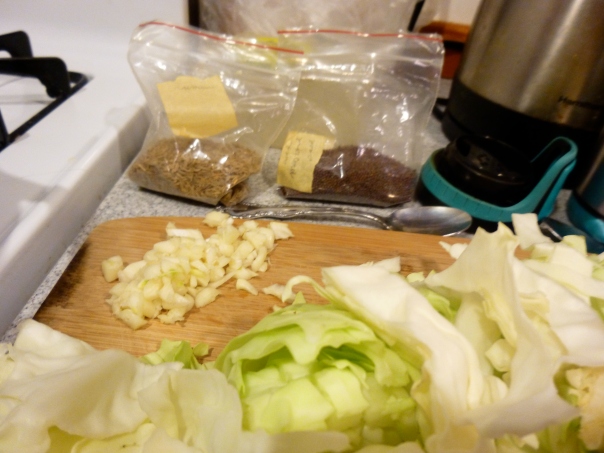
Outside of the quintessential dal, chicken tikka masala, and saag paneer, none of which I have delineated here yet (/some I haven’t even attempted), there are some excellent Indian-style dishes that I actually have never ordered at an Indian restaurant. Like this one. Which has the added benefit of using up some of your endless cabbage (okay, it’s not that endless).
Actually cabbage is pretty amazing. It’s not quite as versatile as, say, eggs. But you can it is raw (shredded in slaw), stuffed, grilled, braised, inside crepes, roasted with cheese into a casserole, mixed into soups, what have you. One of my favorite things to do it slice it thinly on top of tacos, sandwiches, or whatever else you happen to be eating (fried tofu? with a little lemon or vinegar? lunch). It takes flavors well, which is what makes it nice for Indian food, with its fantastic array of spices.
I may have mentioned that cabbage is rather prolific this time of year.
Oh! This furthermore gives you an opportunity to use fresh turmeric. Turmeric root looks a lot like ginger, except that it’s bright orange on the inside, and guess what—it grows in Maine (along with all sorts of unexpected crops)! Incroyable, non?
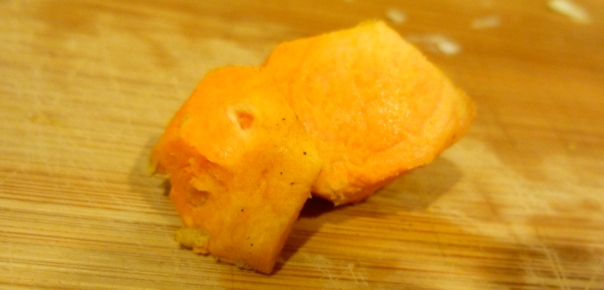
This recipe is originally from Girl Cooks World, which is pretty great. It’s super fun once the mustard seeds start popping because they are quite loud and your kitchen begins to sound a little rambunctious.
Yellow Indian Cabbage 1/3 cup oil 1-1/2 teaspoons mustard seeds 5 cloves garlic 1-1/2 teaspoons ground turmeric A knob of fresh turmeric, minced A medium-sized cabbage, cored and thinly sliced Salt Cayenne
Chop everything up and have it all ready to go, because this will go quickly. Heat oil until quite hot over high heat in a large-ish pan (I used my nice big cast iron). Add the mustard seeds and quickly cover the pan, before oil and seeds fly everywhere. At some point the pops will begin to taper off (it’s like making popcorn, you have to be listening), add the garlic and both turmerics. Turn down the heat and stir until slightly soft. Mix in the rest of the ingredients and coat the cabbage with what is now a yellow oil. Cook down the cabbage a bit, again until slightly soft but not mushy (I was about to write, “unless you are inexplicably a fan of mushy cabbage,” but if you are a fan of mushy cabbage you are wrong, and must learn better ways).
Serve with samosas, naan, or something entirely unrelated. It’s delicious either way. If you’re not a vegetarian, you could stir in some (just a little) cooked ground beef and it would be a more complete meal.
By the way, if you haven’t yet seen The Hundred Food Journey, I think you would enjoy it. Indian food, a village in France, a cute French girl and an attractive Indian boy, and Helen Mirren. Yup.
